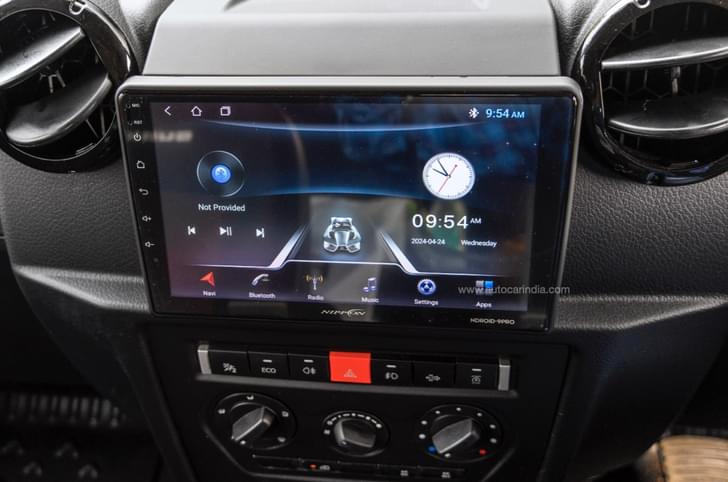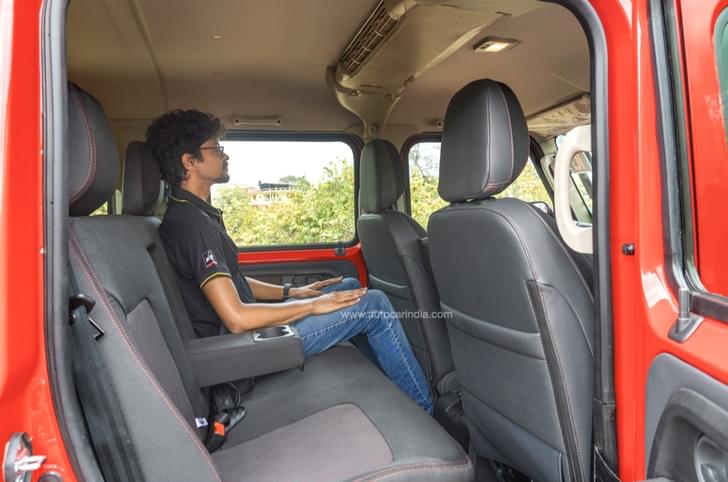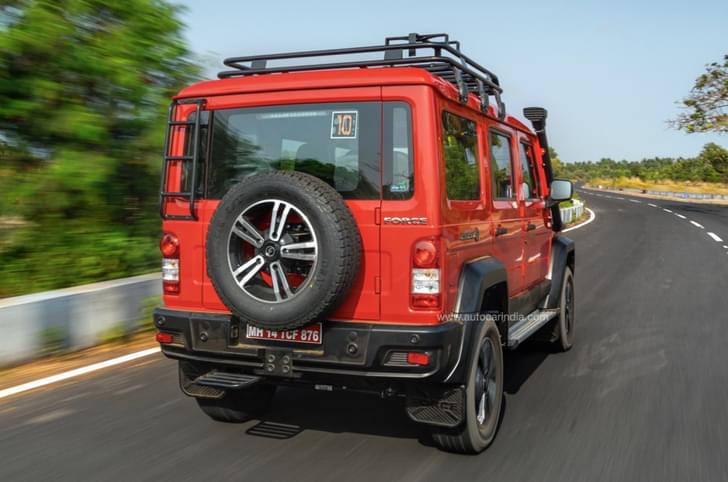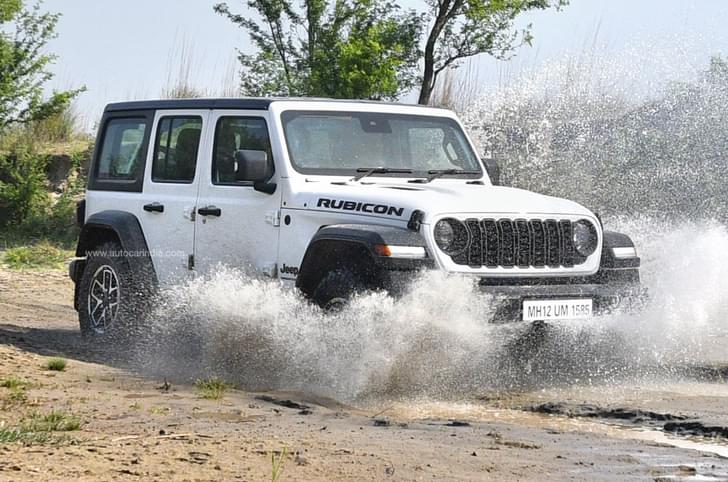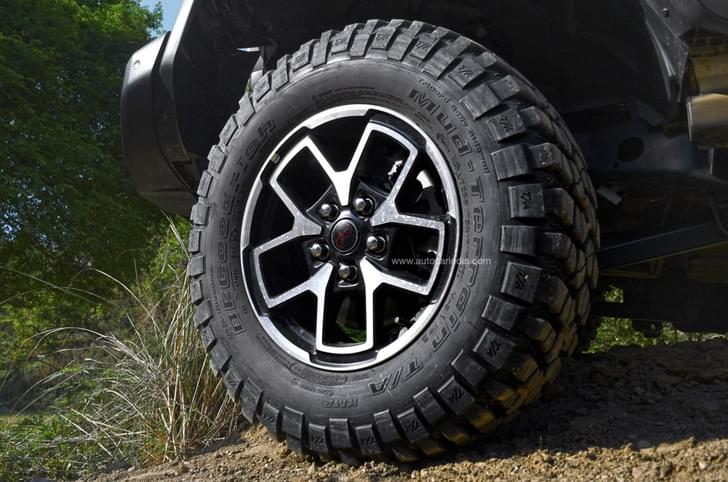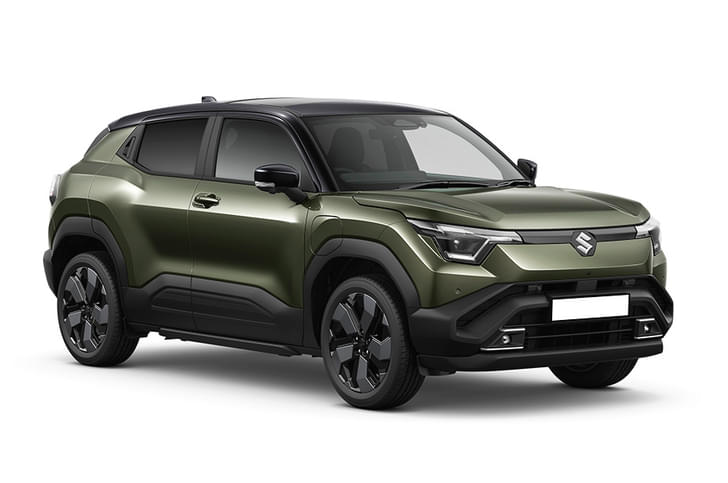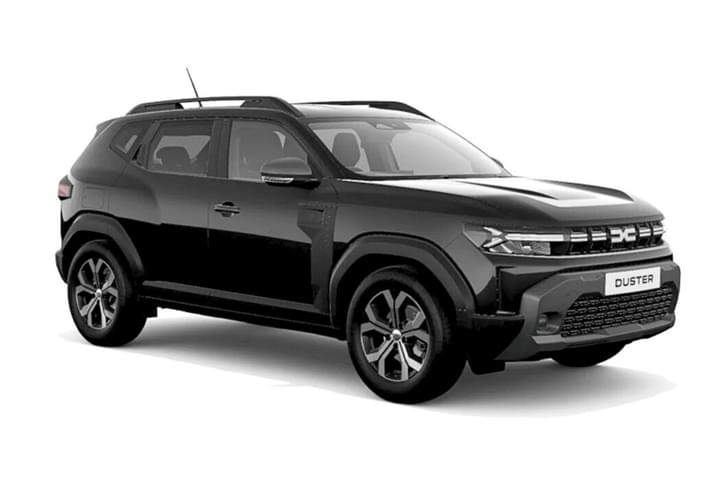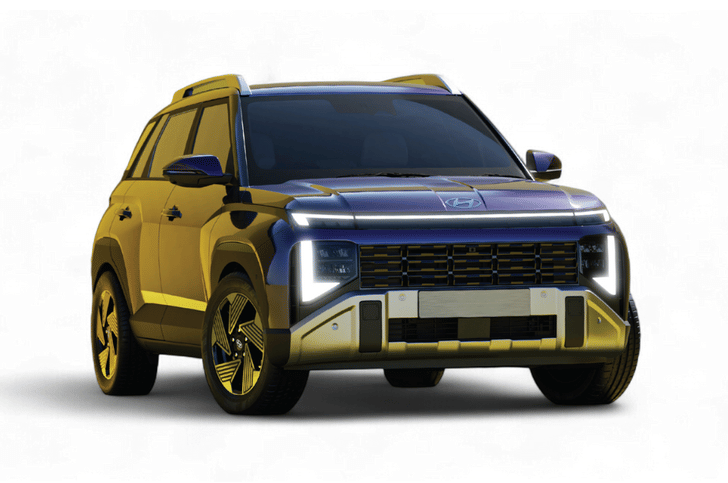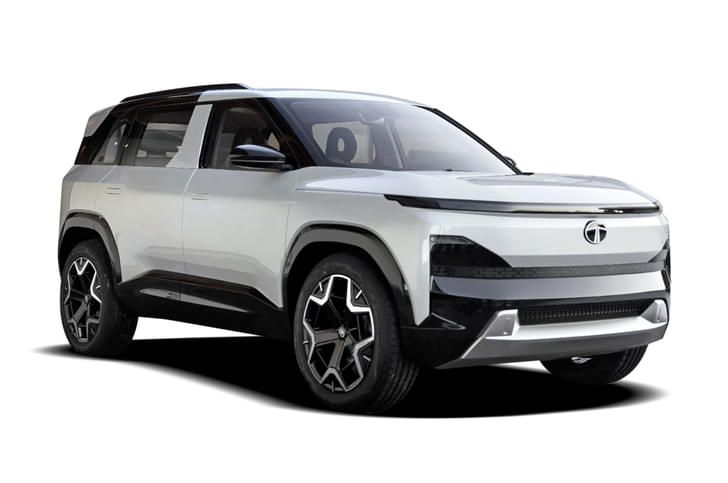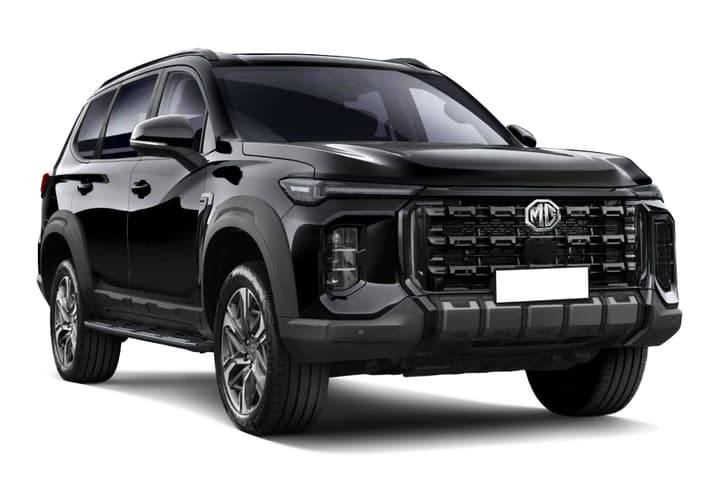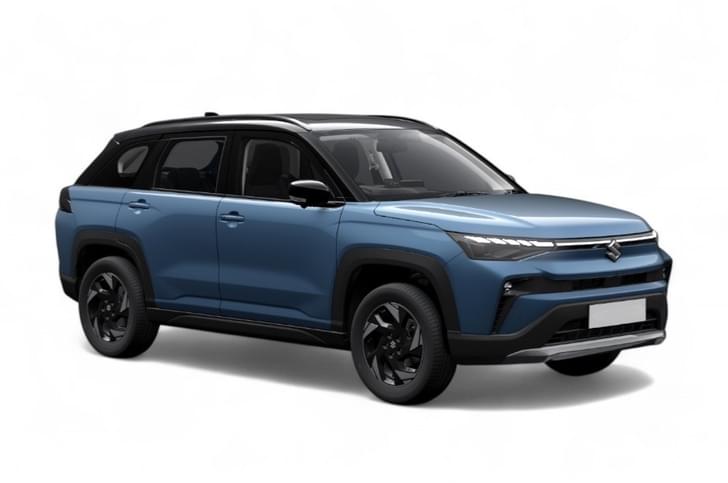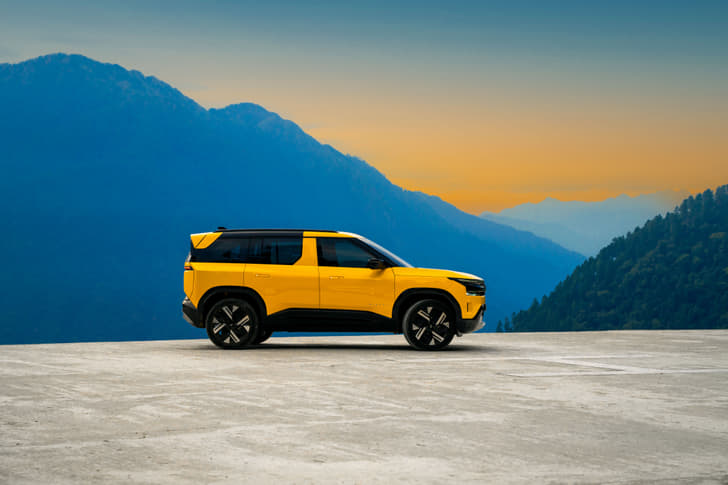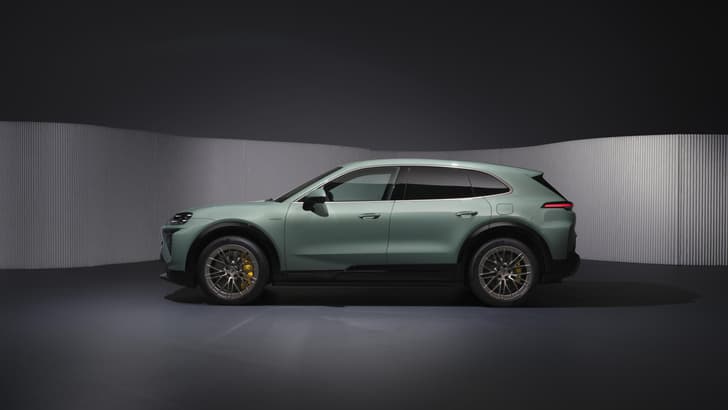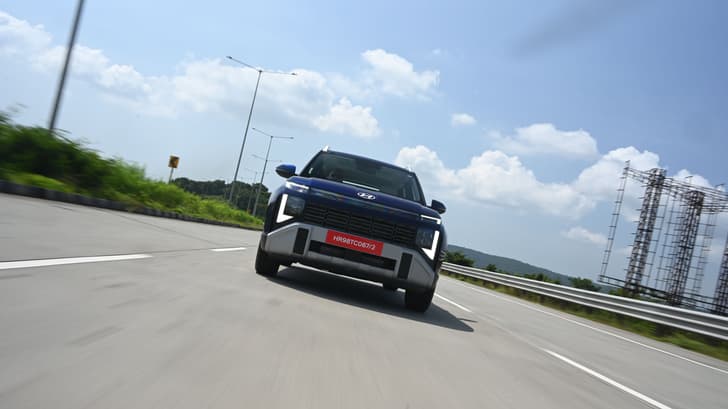By the time you read this review, the cumulative domestic sales of the Maruti Suzuki Swift would have crossed the three million mark. That’s an average of about 13,100 Swifts being sold in India each month for 19 years, which is an extraordinary feat. But then, the Swift isn’t just another hatchback. It’s etched deep into the hearts of Indian car buyers for its youthful persona, sporty character and engaging driving manners. Now there’s a new one.
Maruti has launched the fourth-generation Swift with ex-showroom prices ranging between Rs 6.49 lakh and 9.50 lakh. While fundamentally it remains similar to the outgoing third-gen, key differences include an all-new petrol engine, refreshed interiors, modern features and an improved standard safety kit. How do these changes add up? We find out.
2024 Maruti Swift design and engineering
Like its predecessor, the new Swift is based on Suzuki’s lightweight ‘Heartect’ platform, although engineers have made some technical changes to its front stabiliser bar and tweaked the rear suspension to enhance driving dynamics.
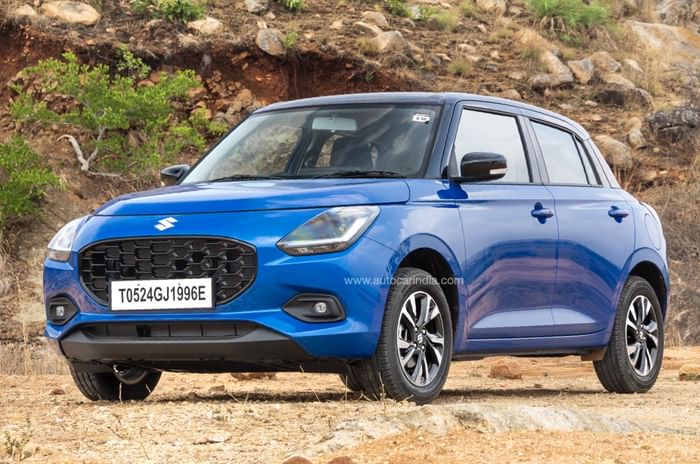
In terms of dimensions, the new Swift is 15mm longer and 10mm lower, but its wheelbase, width and even the front and rear tracks are identical to the third-gen model. It weighs 20-25 kilograms more, primarily because of the addition of side and curtain airbags that were missing in the outgoing version. Also, it is refreshing to see a full-size underbody engine cover that extends from the bumper to the interior firewall.
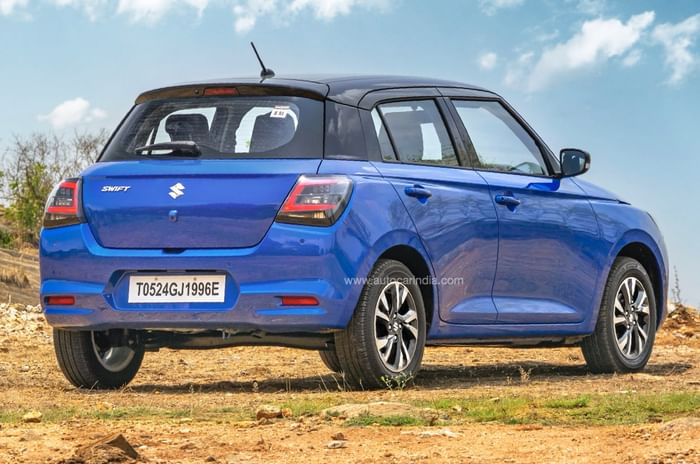
While this new iteration retains the unmistakable ‘Swift’ silhouette, its design language has evolved with rounder elements and softer curves. New LED headlamps with L-shaped DRLs, an oval-shaped front grille and a chin finished in a contrasting shade add to its charm, as do its clamshell-like bonnet and a neatly defined character line that runs through the length of the car from the headlamps to the tail-lamps. Diamond-cut 15-inch alloys are new, too. The rear door handles have been repositioned from the pillar to a more conventional spot. Like in the previous model, the tailgate neatly dips between its tail-lamps, which now have a trapezoidal shape and stylish C-shaped LED elements.
2024 Maruti Swift interiors
The fourth-gen Swift's dashboard is all-new. It features a layered design with a free-standing screen sitting atop, following a design philosophy similar to Baleno’s. But while Baleno sports a blue-black theme like the third-gen Swift, the new Swift wears an all-black theme (the Dzire could debut with lighter interiors). However, some silver trims and textures on the fascia and door pads add some character. Even though the fit-finish is pleasing, the hard and scratchy plastics are a bit of a downer. Maruti could have added a little vibrancy and soft-touch materials to lift its perceived quality.
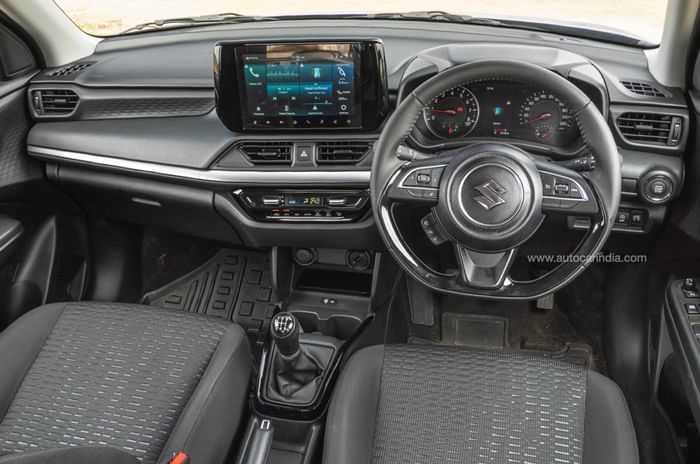
The new Swift’s flat-bottom steering is garnished with piano black trim, but what owners will appreciate is that it feels great to hold. The instrument cluster is new. While the analogue dials are easy to read, and the needle especially looks premium, the outgoing version’s hooded dials with vertical needles and red detailing felt a bit more special. Another addition is the coloured MID (multi-information display), which also packs useful information, including turn-by-turn navigation while using Google Maps.

The front seats feel sporty, with chunky side bolstering and ample support. However, those with larger body frames will find these a tad snug. What’s also nice is its driving position that’s very sporty. Ergonomics, in general, are excellent. Its rear bench is comfortable and supportive, too. There’s adequate room for two six-footers to sit one behind another. An added advantage of the re-positioned rear door handle is that the rear glass area is larger.
There’s also a new quarter glass, which enhances the sense of space. A wider body than its direct rival, the Hyundai Grand i10 Nios, makes accommodating a third rear passenger easier. However, no head restraint for the middle passenger and a protruding rear air-con console are likely to compromise comfort for the passenger seated in the centre.
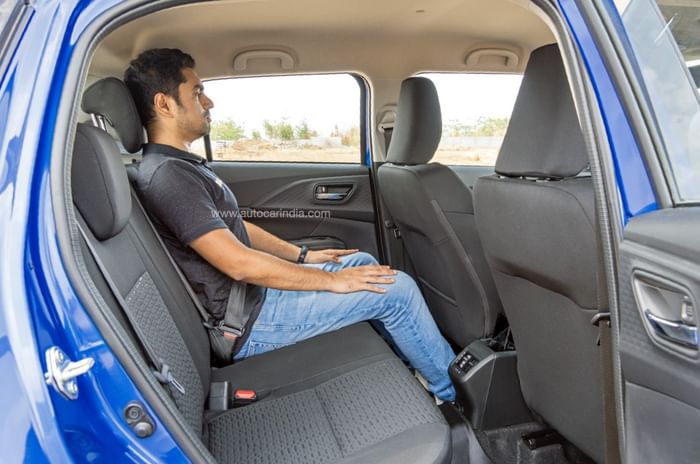
As far as practicality is concerned, there are ample storage and cubby areas all across. The 265-litre boot is adequately sized for a car in this segment and there’s the option to fold the rear seats 60:40 to accommodate more cargo. But a high boot lip makes it a bit of a challenge to load or unload heavy luggage.
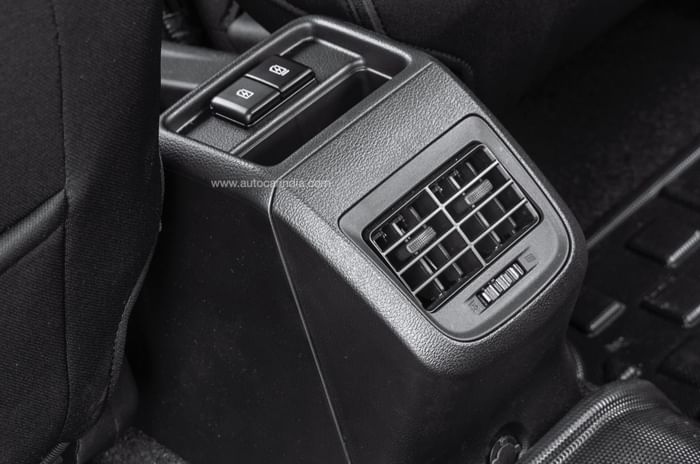
2024 Maruti Swift features and safety
To meet buyers’ growing aspirations, Maruti has loaded the Swift rather well with comfort and convenience features, which include auto LED headlamps, a 9-inch touchscreen with Wireless Android Auto and Apple CarPlay, automatic climate control, cruise control, wireless charging, rear air-con vents, and a reverse camera, to name a few. The automaker must be lauded for equipping the Swift with six airbags, three-point seatbelts for all passengers, ESP, hill-hold assist and ABS with EBD—even the base variants. Thankfully, it has also added load sensors for the rear seats (unlike Jimny and Fronx); hence, the rear seatbelt reminder will only beep if a rear passenger hasn’t fastened the seat belts.
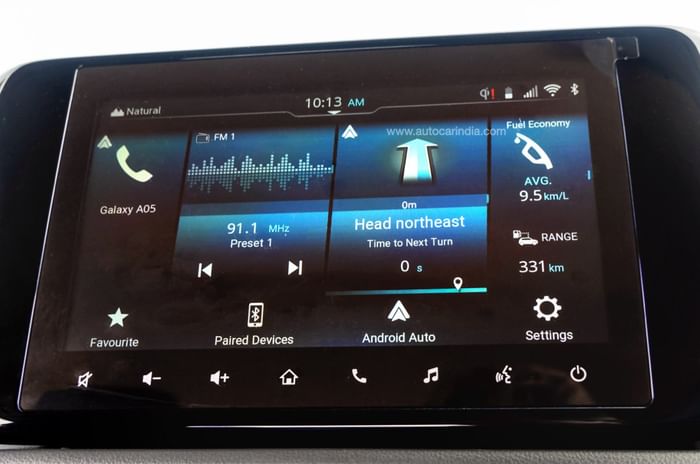
While on the topic of safety, the 2022 Maruti Swift scored merely one star in Global NCAP crash tests and its body shell was rated as unstable. Even though the new one hasn’t been tested yet, Maruti has sent two cars for Bharat NCAP, and we hope one of them is the new Swift.
2024 Maruti Swift engine performance
Maruti has deployed an all-new Z12E petrol engine to power the new-gen Swift, with headline figures being its staggering ARAI-rated fuel efficiency of 24.8kpl for the manual and 25.75kpl for the AMT. The new Z-series engine is a three-cylinder unit that displaces 1,197cc, identical to the outgoing K-series four-cylinder unit. To enhance its thermal efficiency, its compression ratio is set to a rather high 13.9:1 (versus the K-series’ 11:1), and it features an electric water pump and a Lambda airflow sensor. Further, there’s a high porosity catalyst for lower emissions.
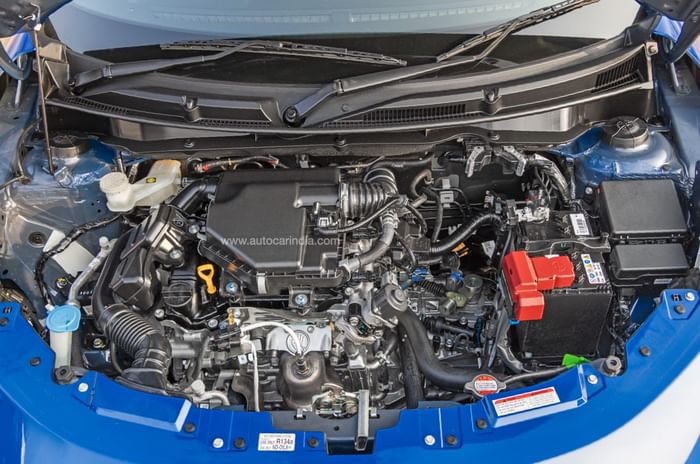
Curiously, this engine is available with a mild-hybrid system or integrated starter generator in some international markets to further improve efficiency and aid drivability—an option that’s missing in India. But Maruti has retained an automatic engine stop-start system, which switches the engine off while idling to save fuel and helps with emission targets.
For a three-cylinder unit, though, refinement is quite good, but it isn’t completely vibration-free. If you pay close attention, you can feel some trembling on the seats at idle; the front passenger seat shakes if no one is seated on it. But these vibrations ease when on the move. This engine has a very likeable note, and even though it is audible inside the cabin for the most part, it tends to sound thrummy and a bit strained when revved hard.
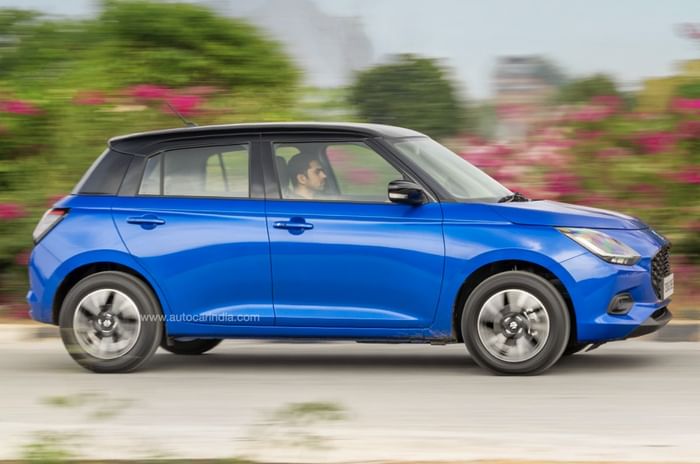
The Z12E’s output of 82hp and 112Nm torque doesn’t make a positive first impression, especially when you compare it to the outgoing K12M engine, which made 8hp and 1Nm more. But the Z-series unit is focused on drivability, and the company claims that low-end torque has improved by 3.5 percent and overall acceleration by 10 percent. We can confirm that this engine certainly feels responsive and its crisp throttle responses complement its low-speed manners beautifully. Most users who drive on the saner side of 3,000rpm will be satisfied with the way the Swift accelerates. But driving enthusiasts who tend to spin the motor hard will be left wanting for quicker progress in the mid-range as well as a stronger top-end. Sure, there’s a mild spike in performance beyond 5,000 revs, but its revs max out at 6,000rpm rather abruptly, which certainly feels restrictive.
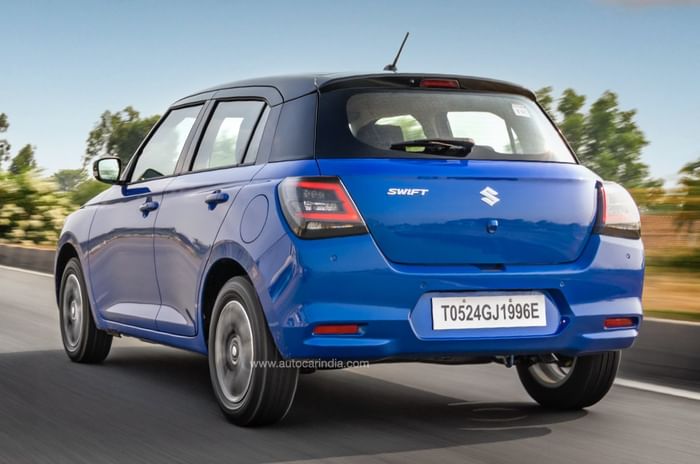
Aiding drivability is its final drive ratio of 4.294:1, which has been lowered from 4.389:1 (K12M). Interestingly, the first three gear ratios aren’t altered individually, thus explaining its peppy nature at low speeds, but the fourth and fifth gears are taller than before to keep the revs low at cruising speeds and reduce fuel consumption. Mated to this engine is a 5-speed manual that’s one of the best in the market. It is a delight to row through its well-defined gates and users will certainly appreciate its smoothness and the precision with which it operates. Even its hydraulic clutch feels effortless—less snappy than before and, overall, a breeze to use.
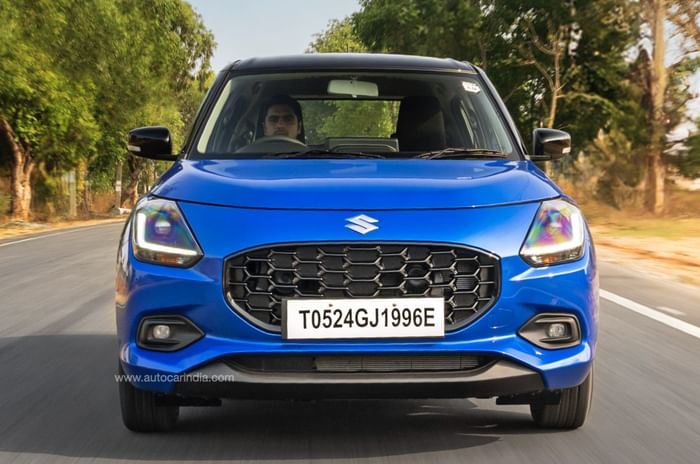
For those who prefer the convenience of clutch-free driving, there’s a 5-speed automated manual transmission or AMT. The new Swift’s unit truly demonstrates how this technology has evolved. The shifts are mostly smooth and the pause between the shifts is minimal. And even though this transmission is tuned to upshift to the highest possible gear at the earliest in the interest of fuel efficiency, it does have a sporty side. It is very reactive to accelerator inputs and doesn’t hesitate to downshift two or three gears when needed. Further, the car offers a tiptronic or manual mode, which is entertaining to use. So, while it is good by AMT standards, a sporty hatch like the Swift deserves a better auto gearbox. Under hard acceleration, the AMT shifts feel slow and are no match for a quick manual gear change, let alone a torque converter or dual-clutch transmission. In stop-go traffic, its engine-gearbox calibration could’ve been smoother, and frequent on-off throttle inputs can feel jerky.
2024 Maruti Swift ride and handling
The fourth-gen Swift’s front stabiliser bar is now larger in diameter and Suzuki engineers have also made some smaller tweaks that have improved the steering feel and the car’s cornering abilities. The steering, unlike most modern Marutis, is not only smooth and fluid in its action but also feels sharp and connected to the wheels, which gives you ample confidence while navigating through traffic or attacking corners on a winding road. What’s also nice is that its returnability (return to its original position after making a turn) feels very natural.
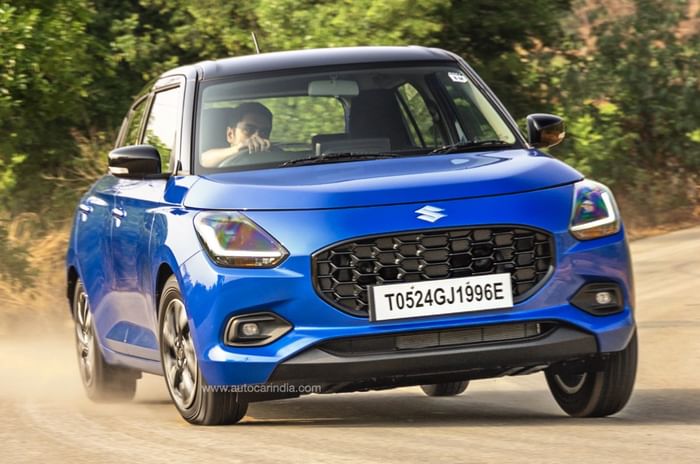
With a sharp front end, body rolls well in check and a strong mechanical grip, true to its DNA, Swift continues to feel sporty and fun to drive. Another factor resulting in its impressive body control and tossable nature is increased rear-suspension stroke. On the flipside, ride quality for rear passengers feels firm, and some jolts come through sharply. But the ride comfort is impressive at the front, and bumps and potholes are smoothened out nicely. At 163mm (unladen), ground clearance is adequate and it deals with the worst our roads have to throw at it.
2024 Maruti Swift verdict
Does the fourth-gen Swift retain the ethos of the earlier iterations? We’re happy to report that it does. Yes, the new three-cylinder engine might not feel as rev-happy or strong as the outgoing four-cylinder unit, but drivability has improved, which is what most users will appreciate. Then, there’s the fantastic 5-speed manual transmission, precise steering and sharpened driving manners, all of which make the Swift a delight to drive. And it doesn’t come at the expense of comfort, practicality, or features. Sure, its pricing puts it dangerously close to Maruti’s own premium hatchback, Baleno, and much higher than its direct rival, Hyundai Grand i10 Nios, which has a far more premium and inviting interior. But if sales are anything to go by, the Swift exerts serious appeal for its exuberance and youthfulness, and the fourth-gen only takes the game forward.
















